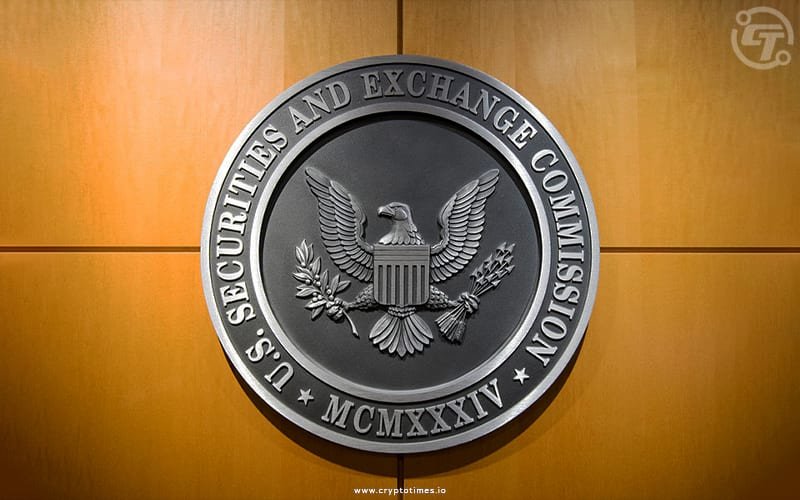Decentralized Finance (DeFi) has emerged as a revolutionary force in the financial world. By offering peer-to-peer financial services without intermediaries, DeFi has captured the imagination of investors and enthusiasts alike. However, this innovative landscape is attracting the attention of regulators in the United States, with potential implications for the future of DeFi.

The US Securities and Exchange Commission (SEC) has set its sights on DeFi platforms built on the Ethereum blockchain. The concern? Potential risks associated with DeFi, including:
- Lack of Transparency: DeFi platforms often operate with a degree of anonymity, making it difficult for regulators to track activities and identify potential misconduct.
- Security Vulnerabilities: DeFi platforms can be susceptible to hacking and exploits, which could lead to significant losses for investors.
- Investor Protection: The absence of central oversight in DeFi raises concerns about investor protection. Without clear regulations, investors may be exposed to scams, fraudulent schemes, and misleading information.
The SEC’s scrutiny could lead to increased regulation in the future. This could take various forms, such as:
- Licensing Requirements: DeFi platforms might be required to obtain licenses to operate, ensuring they meet certain regulatory standards.
- Consumer Protection Measures: Regulations could be implemented to protect DeFi users from fraud and scams.
- KYC (Know Your Customer) Requirements: DeFi platforms may need to implement KYC procedures to identify users and prevent illegal activities.
While increased regulation might seem stifling, it could also bring much-needed stability and security to the DeFi ecosystem. Clear regulations can provide a framework for innovation, fostering trust and attracting more mainstream investors.
The future of DeFi remains to be seen.
How regulators navigate this complex landscape will determine whether DeFi can continue to thrive while mitigating potential risks. One thing is certain: the coming months will likely see a tug-of-war between innovation and regulation, shaping the future of this decentralized financial revolution.
